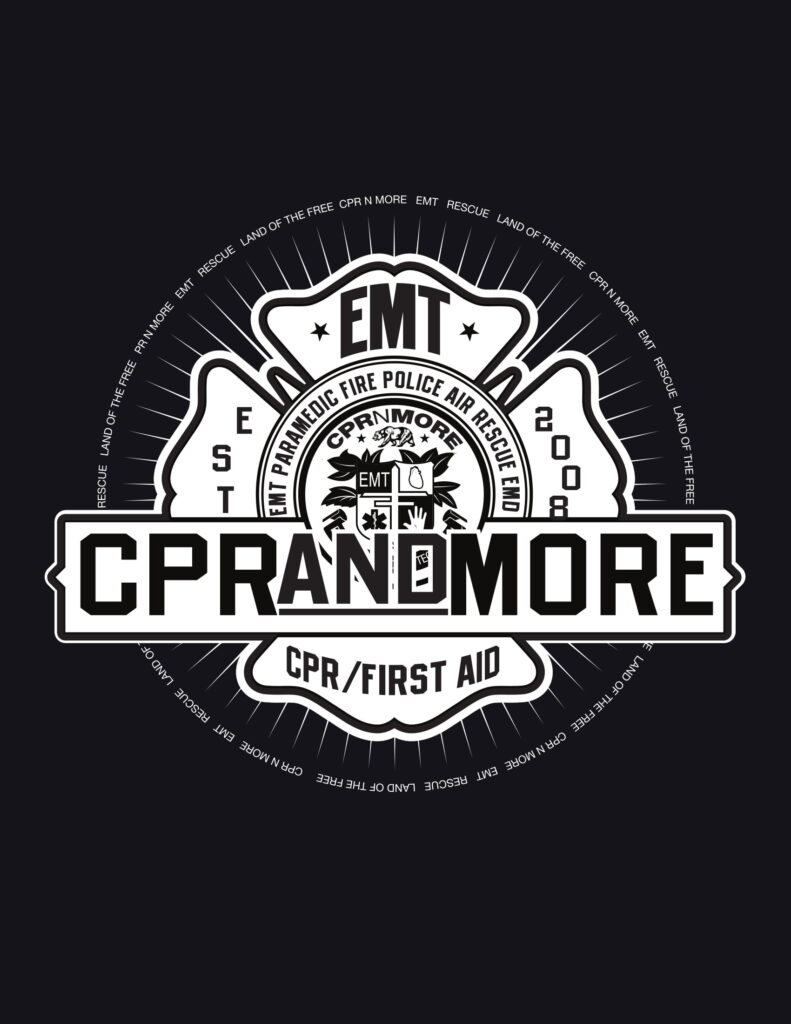Bleeding
First aid is appropriate for external bleeding. If bleeding is severe, or if you think there is internal bleeding or the person is in shock, get emergency help.
1. Calm and reassure the person. The sight of blood can be very frightening.
2. If the wound affects just the top layers of skin (superficial), wash it with soap and warm water and pat dry. Bleeding from superficial wounds or scrapes is often described as “oozing,” because it is slow.
3. Lay the person down. This reduces the chances of fainting by increasing blood flow to the brain. When possible, raise up the part of the body that is bleeding.
4. Remove any loose debris or dirt that you can see from a wound.
5. Do NOT remove an object such as a knife, stick, or arrow that is stuck in the body. Doing so may cause more damage and bleeding. Place pads and bandages around the object and tape the object in place.
6. Put pressure directly on an outer wound with a sterile bandage, clean cloth, or even a piece of clothing. If nothing else is available, use your hand. Direct pressure is best for external bleeding, except for an eye injury.
7. Maintain pressure until the bleeding stops. When it has stopped, tightly wrap the wound dressing with adhesive tape or a piece of clean clothing. Place a cold pack over the dressing. Do not peek to see if the bleeding has stopped.
8. If bleeding continues and seeps through the material being held on the wound, do not remove it. Simply place another cloth over the first one. Be sure to seek medical attention.
9. If the bleeding is severe, get medical help and take steps to prevent shock. Keep the injured body part completely still. Lay the person flat, raise the feet about 12 inches, and cover the person with a coat or blanket. DO NOT move the person if there has been a head, neck, back, or leg injury, as doing so may make the injury worse. Get medical help as soon as possible.
Do not…
DO NOT apply a tourniquet to control bleeding, except as a last resort. Doing so may cause more harm than good. A tourniquet should be used only in a life-threatening situation and should be applied by an experienced person
If continuous pressure hasn’t stopped the bleeding and bleeding is extremely severe, a tourniquet may be used until medical help arrives or bleeding is controllable.
It should be applied to the limb between the bleeding site and the heart and tightened so bleeding can be controlled by applying direct pressure over the wound.
To make a tourniquet, use bandages 2 to 4 inches wide and wrap them around the limb several times. Tie a half or square knot, leaving loose ends long enough to tie another knot. A stick or a stiff rod should be placed between the two knots. Twist the stick until the bandage is tight enough to stop the bleeding and then secure it in place.
Check the tourniquet every 10 to 15 minutes. If the bleeding becomes controllable, (manageable by applying direct pressure), release the tourniquet.
DO NOT peek at a wound to see if the bleeding is stopping. The less a wound is disturbed, the more likely it is that you’ll be able to control the bleeding
DO NOT probe a wound or pull out any embedded object from a wound. This will usually cause more bleeding and harm
DO NOT remove a dressing if it becomes soaked with blood. Instead, add a new one on top
DO NOT try to clean a large wound. This can cause heavier bleeding
DO NOT try to clean a wound after you get the bleeding under control. Get medical help


